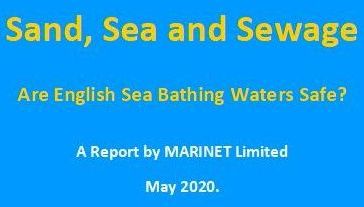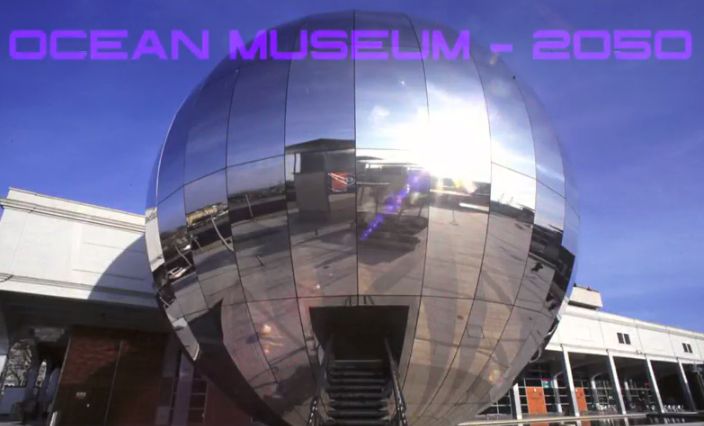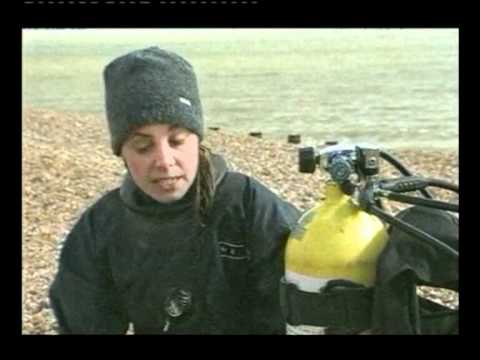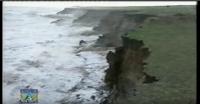Warning to MPs from wildlife NGOs about the dangers of a Severn Barrage
A Consortium of wildlife NGOs (see list of members at foot of this report) has told the House of Commons Energy & Climate Committee they all supported tidal energy development in the Severn, but that the current proposal, from Hafren Power, lacked detail and claims that it would not unacceptably damage wildlife and large areas of habitat were “not realistic”.
This group has set out its concerns in detail in its comprehensive positioning document Hafren Power Severn Barrage Proposal: NGO Key Concerns and Challenges.
Janina Gray, Head of Science for the Salmon & Trout Association (S&TA) declared: “What particularly concerns us is that we do not see how the current proposal from Hafren Power can go ahead without breaching the Habitats Directive. In particular, the proposed barrage would form a barrier to many European protected migrating fish into the River Wye, Usk and Severn, including salmon, lamprey and shad.
“The Severn Estuary is a globally unique system and one of the most highly protected sites in Britain. As well as being a major highway for migratory fish, it is hugely important for its intertidal habitats which are vital for birds as well as fish. Of course, we are all committed to developing green energy solutions, but we simply do not believe the irreversible damage to important habitats and species, which would result from this current proposal, can be called a sustainable solution.”
This consortium of NGOs has highlighted five key areas of concern regarding the impact the proposed Barrage would have:
- Impacts on the geomorphology
- Impacts on hydrology and sea level
- Impacts on estuarine habitats
- Impacts on birds
- Potentially fatal impacts on rare and highly protected fish species populations
And issued Hafren Power with five key challenges:
- The assessment of the nature and scale of the environmental impacts of the proposed barrage on the estuary must be robust and subject to rigorous peer-review
- All technologies must have been developed and adequately tested, in conditions which accurately mirror those found in the Severn Estuary;
- ‘Environmental impacts on the geomorphology must – as a minimum – be demonstrated to be within the realms of what it is practically possible to compensate for
- It must be demonstrated that required ‘like for like’ compensatory measures can be secured and delivered in advance of construction
- Impacts on jobs, land drainage and flood risk etc, along with the costs of compensatory measures, will need to be factored into any analysis of the economic feasibility
In November 2012, RegenSW and partners published a new discussion document, “Bristol Channel Energy: A Balanced Technology Approach“, which outlines most of the known ideas for marine energy generation from the Bristol Channel/Severn Estuary system and proposes adopting a multi -technology approach. The report’s authors highlight that the key advantage of this approach would be to enable the incremental roll-out of a series of large scale energy schemes as technologies are proven and their environmental impacts can be properly managed.
“We welcome this discussion document and the approach it advocates, which could facilitate a better understanding of the impacts of tidal energy generation at much lower risk to investors, the environment, and the wider business and resident communities,” Janina Gray concluded.
The consortium of wildlife NGOs consists of: The Wildfowl & Wetlands Trust (WWT), National Trust, RSPB and Angling Trust, the Salmon & Trout Association, WWF, the Wildlife Trusts, Wye & Usk Foundation, Marine Conservation Society, Severn Rivers Trust and Campaign to Protect Rural England,


























